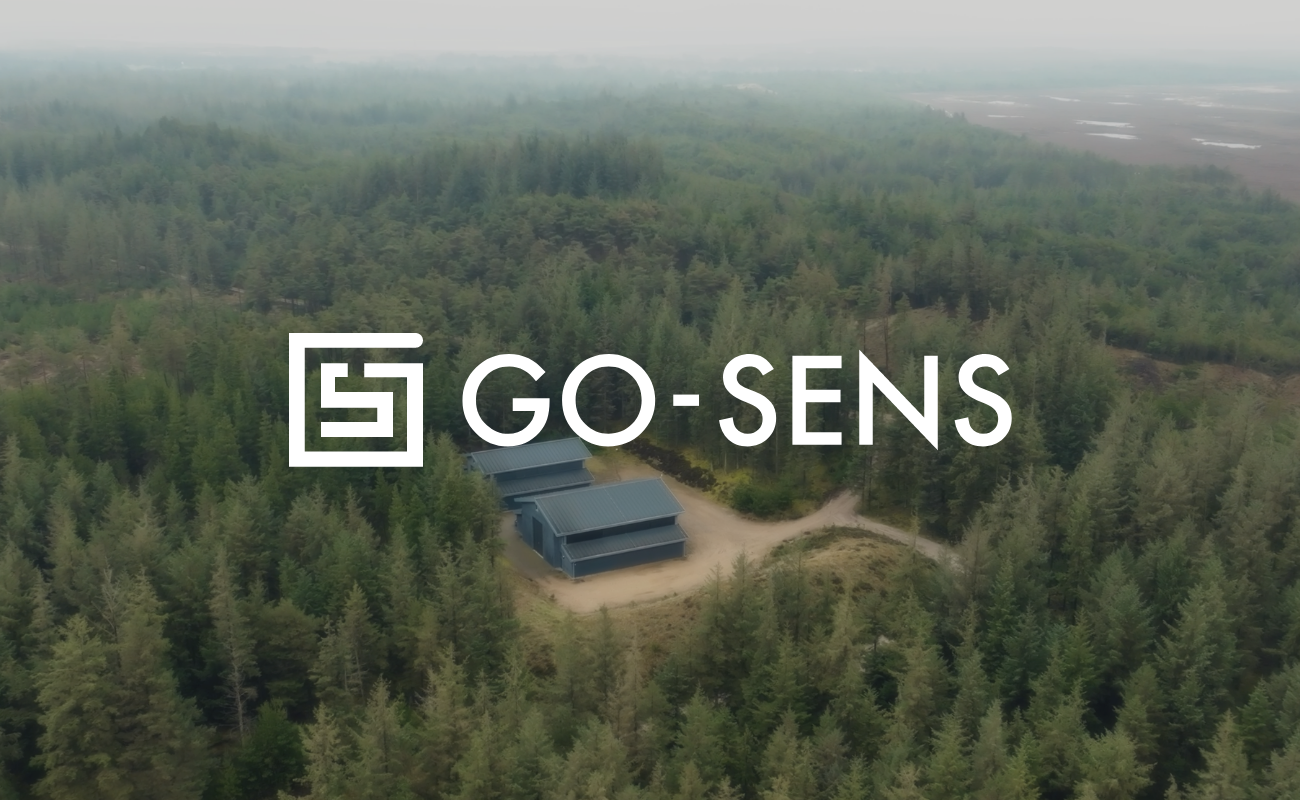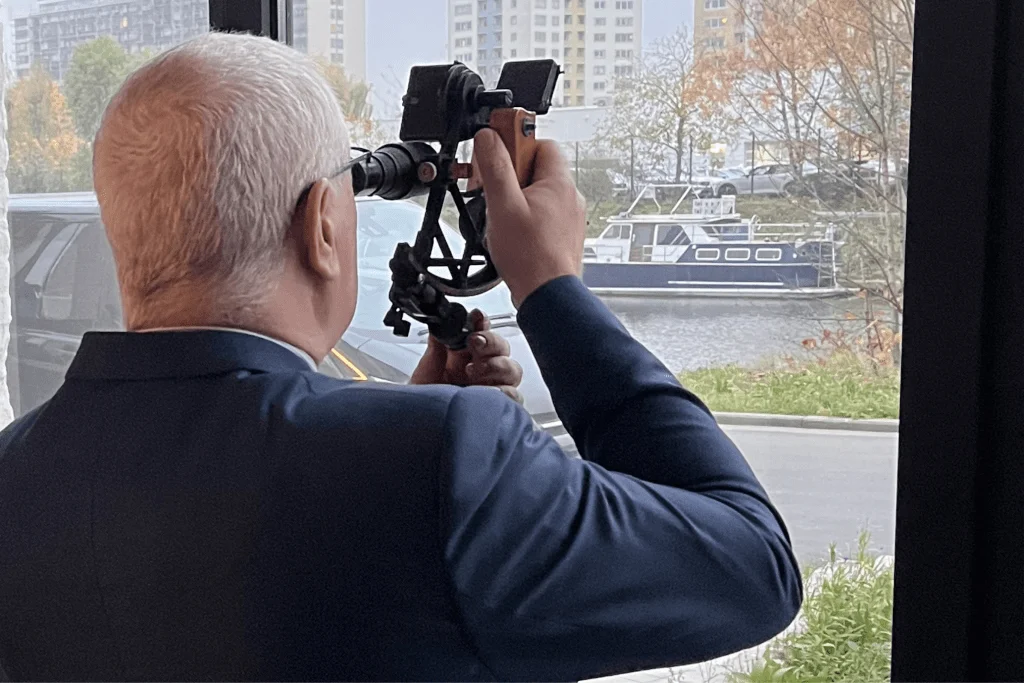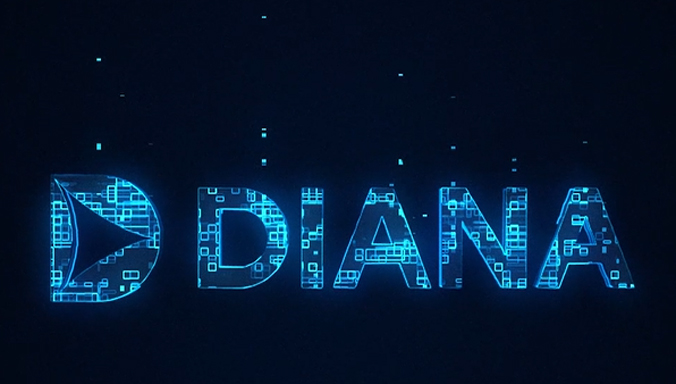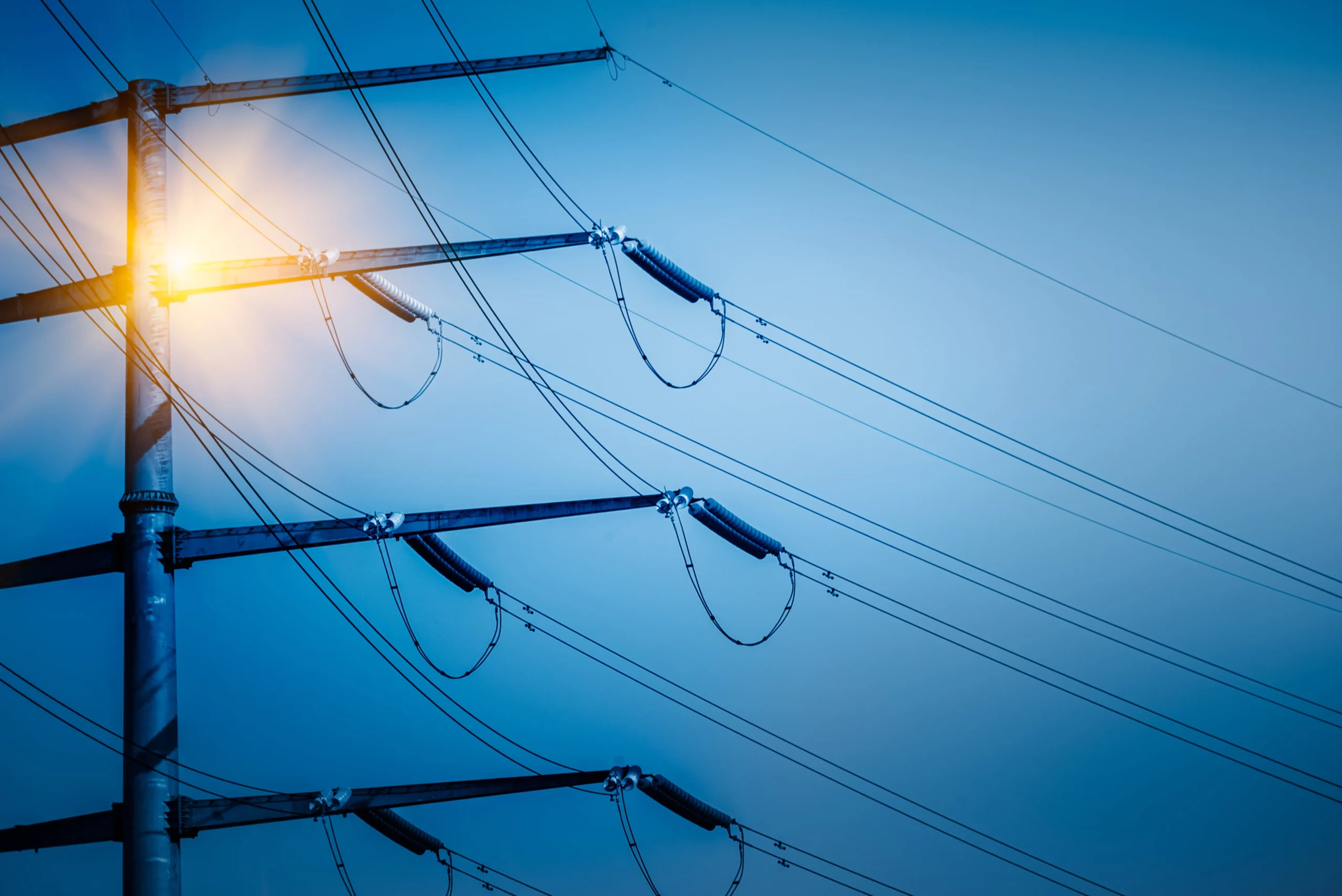The Vital Role of fiber-to-cable Mapping in Offshore Cable Management.

At Marlinks, we believe in speaking the language of our users, who rely on the insights derived from our monitoring application to make informed decisions. However, the Distributed Temperature Sensing (DTS) or Distributed Acoustic Sensing (DAS) systems behind our monitoring application speak a different language than the users when referring to specific positions along the submarine cables. To bridge this gap, Marlinks employs spatial fiber-to-cable mapping to seamlessly translate the DTS or DAS measurements into intuitive and comprehensible information for our clients.
Dual Perspectives: Fiber vs. Cable Coordinates
To grasp the significance of DTS or DAS mapping for submarine cables, it is essential to understand the two sets of coordinates involved:
- Fiber coordinates, the language of the DTS or DAS – Optical fibers are integrated in the submarine electrical cables. These optical fibers are sensitive to temperature variations or acoustic vibrations, a property that the measuring devices exploit to provide real-time data. The DTS or DAS speaks in fiber coordinates, reporting a temperature or vibration profile along the trajectory of this optical fiber, with the starting point typically at the interrogator.
- Cable coordinates, the language of the operator – The trajectory of the electrical cable is described by another coordinate system, marked by kilometer points. For instance, the cable’s transition joint bay is designated as KP 0 (Kilometer Point 0).
Both sets of coordinates describe the same trajectory of the submarine cable, but they are not identical. First, the starting positions differ: the DTS or DAS interrogator is positioned at zero in the fiber coordinate system, while the landfall is typically designated as KP 0 in the cable kilometer point system. Moreover, the length of both systems varies. As the electrical cable enters the offshore substation, the optical fibers are patched through to the DTS or DAS location, adding extra meters to the fiber’s optical path. Additionally, due to the helical winding pattern of the optical fibers inside the submarine cable, their length slightly differs from that of the cable itself.
This is where fiber-to-cable mapping as a service steps in
Bridging the gap between these two coordinate systems by mapping the fiber coordinates onto the kilometer points of the electrical cable. At Marlinks, our experts combine information on the fiber optic wiring, as-built data of the installed cable, and the temperature or vibration traces from the DTS or DAS. This comprehensive approach allows us to map the fiber coordinates to the kilometer points effectively.
Geographical mapping
We take it a step further by incorporating the geographical coordinates of the cable route into the mix. This creates a seamless system that not only identifies anomalies but also pinpoints their exact location on a map. When a problem is detected, operators can quickly consult this map, enabling them to see precisely where, in geographical terms, the issue is located. This empowers them to make informed and efficient decisions, whether it involves dispatching a maintenance crew or rerouting power.
Conclusion
Distributed Temperature Sensing (DTS) or Distributed Acoustic Sensing (DAS) mapping is the key to ensuring that our clients can easily interpret and act upon the valuable data generated by the measuring devices. It ensures that the devices communicates to the user in the language the user is accustomed to.
Learn more about subsea cable monitoring.
Get in touch via sales@marlinks.com and we make sure that you get the right information to learn more about subsea cable monitoring with our fiber optic sensing technology.





